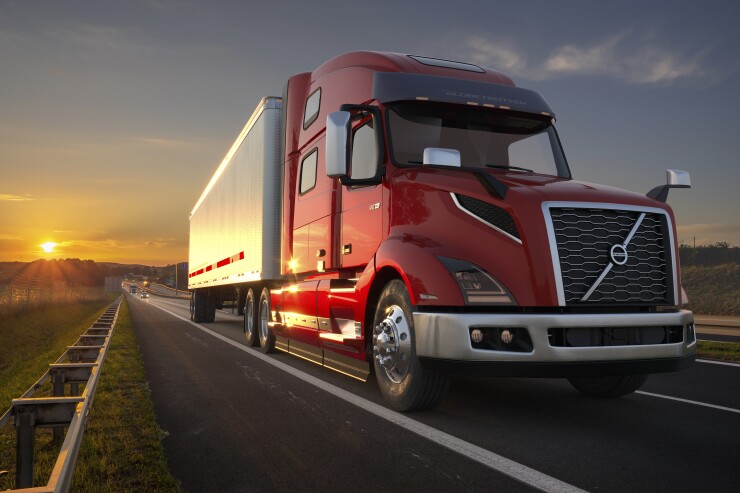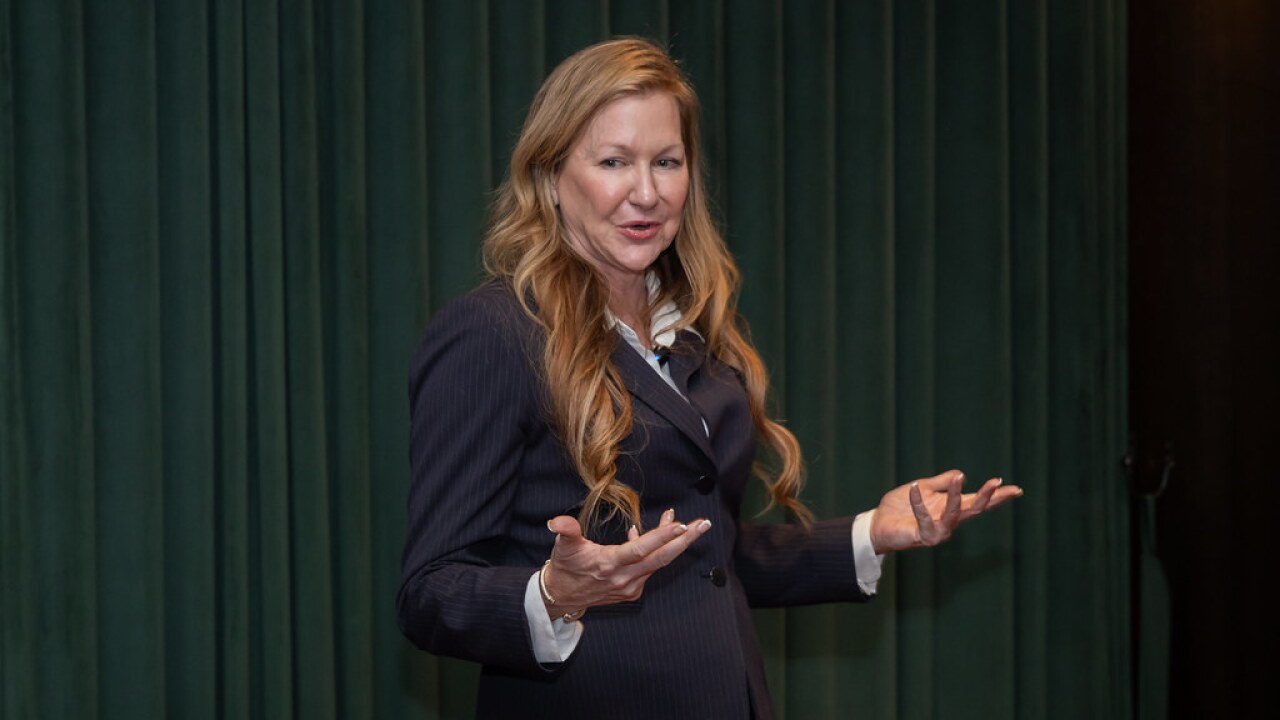The trucking industry is crucial for the distribution of goods across the United States, and it has made significant strides in improving safety over the past two decades. According to a recent study by the
However, a contrasting narrative emerges from the realm of liability claims, which has seen a sharp rise in nuclear verdicts or cases where damages exceed $10 million. Data from the U.S. Chamber of Commerce Institute for Legal Reform study reveals a stark increase in high-value verdicts: From 26 cases over $1 million between 2006 and 2011, the number surged to 300 cases in the last five years of the same dataset. Between June 2020 and April 2023, the average award in trucking accident claims reached $27.5 million. Additionally, certain states are identified as hotspots for these large verdicts.
This divergence between improved safety statistics and escalating liability claims reflects a complex landscape where the trucking industry's advancements in safety are juxtaposed with increasing financial risks in litigation.
The increase in nuclear verdicts in trucking liability claims can be attributed to several key factors:
- Financing of lawsuits: Wealthy financiers are funding lawsuits against trucking firms. These financiers, along with the plaintiff attorneys, benefit financially when settlements or awards are paid out by trucking companies or their insurers.
- Reptile theory: Plaintiff attorneys use the reptile theory to sway juries by portraying truck drivers as a danger to the community. Through targeted advertisements and media campaigns, they emphasize the alleged threat of unsafe driving by truck drivers, often leading juries to blame the driver and the trucking company, especially those perceived as having deep pockets.
- Fraudulent claims: Some attorneys engage in fraudulent practices, such as paying individuals to stage accidents and then filing claims. The Chamber study cites instances where 150 staged accidents were orchestrated to defraud the system.
The rise in nuclear verdicts has broader consequences, including increased insurance rates, reduced funds for workforce expansion, and delays in investing in new trucks and safety technologies.
The trucking industry is aware of the impact of nuclear verdicts. While ongoing safety improvements are crucial, they have limitations in mitigating high-value claims. Tort reform could be a solution, but it is often a lengthy and complex process.






